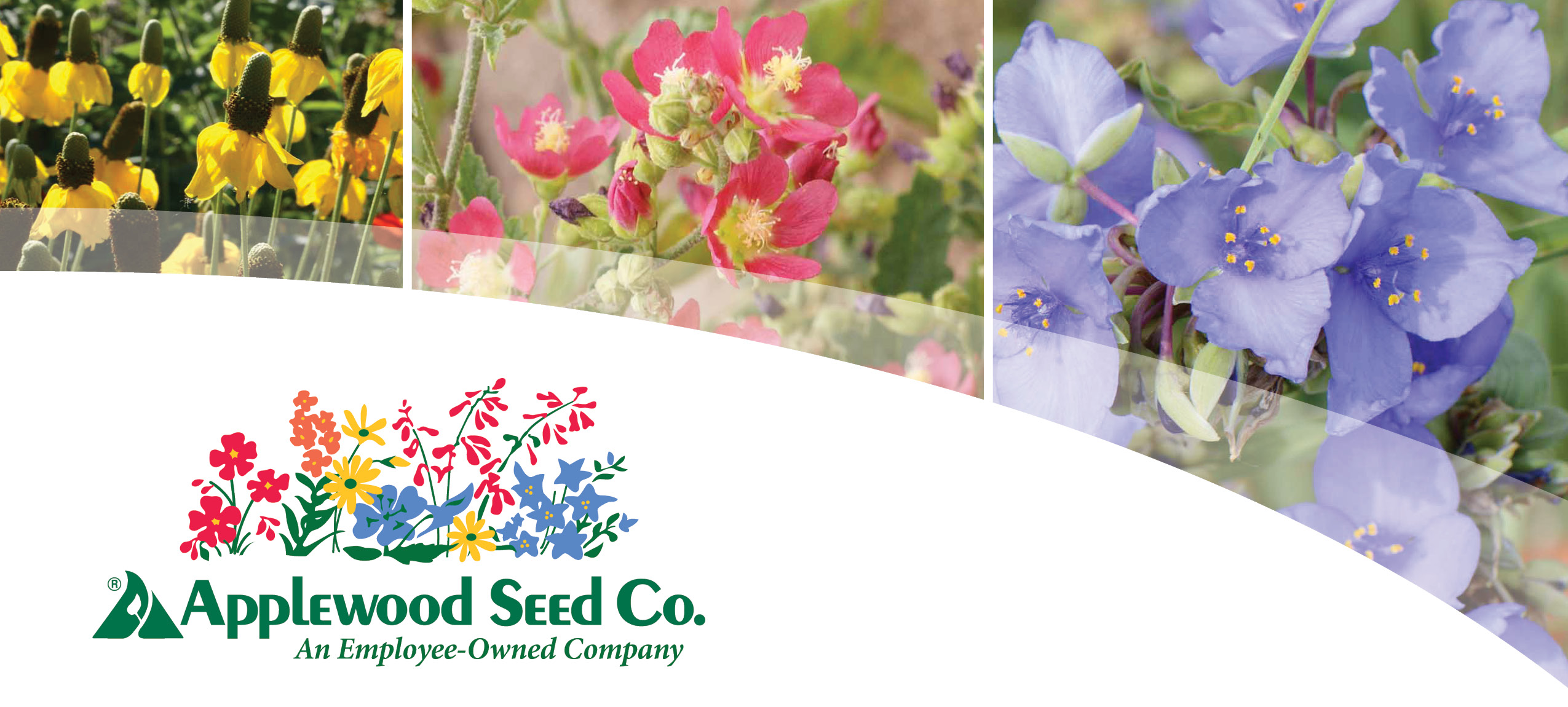
Using Flowers as Nature’s Solution to Water Conservation
Flower landscaping in place of turfgrass is the solution to saving water, time, and money
In the realm of commercial landscaping, traditional turfgrass lawns still reign as the go-to for public and private projects. However in recent years, the practice of replacing turfgrass with flowers has steadily gained popularity, not only for the aesthetic appeal but specifically for the positive impact on water conservation and cost reduction.
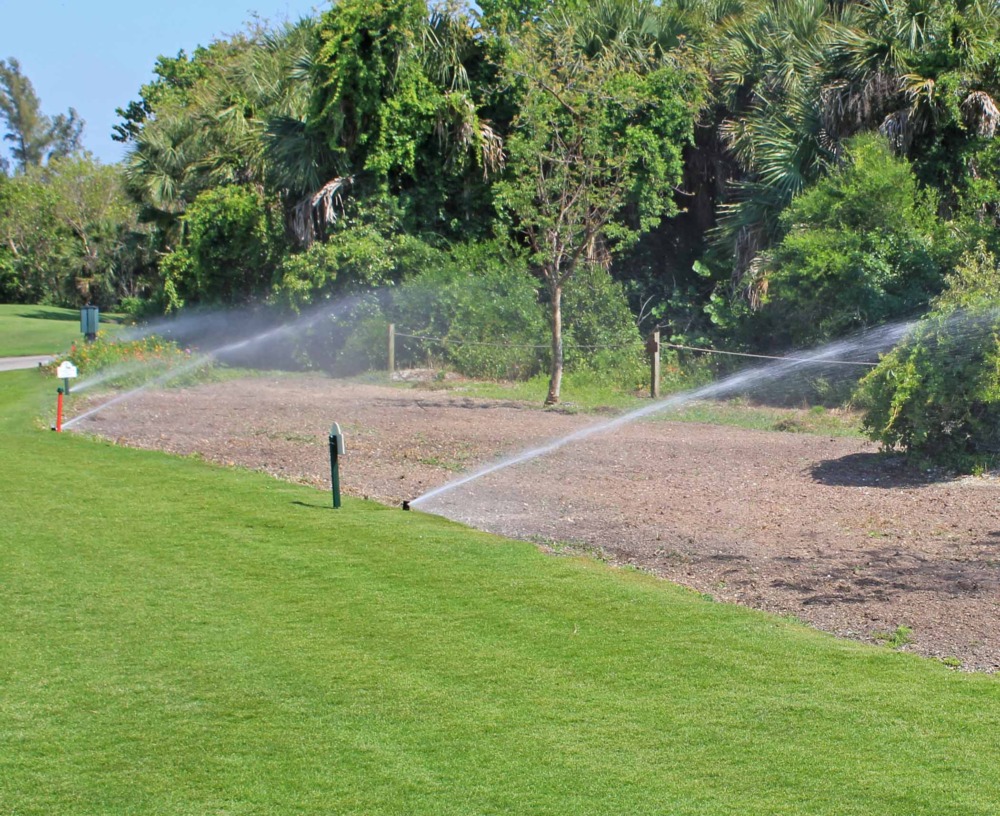
Irrigation for a Traditional Landscape Application
Water Efficiency through the use of Flowers
Commercial properties often have extensive outdoor spaces of grasses or other plants, and outdoor water use can represent a substantial portion of their overall water consumption. According to the United States Environmental Protection Agency (EPA), outdoor water use accounts for about one-third of total household water use on average, totaling nearly 9 billion gallons per day, which can be even higher for commercial properties. Further, the EPA points out that “as much as 50% of the water we use outdoors is lost due to wind, evaporation, and runoff caused by inefficient irrigation methods and systems.”
One of the most striking advantages of using flowers instead of traditional turf grass is the significantly lower water requirements for many drought-tolerant species. While conventional landscaping often demands ample amounts of water to maintain their lush appearance, flowers are naturally adapted to thrive with less irrigation. The University of California’s Division of Agriculture and Natural Resources has conducted research on water-wise landscaping, emphasizing its relevance in commercial settings. Their findings indicate that businesses can reduce water use by up to 50% by replacing traditional lawns with low-water-use plants, including flowers. By replacing grass with water-wise flowers, businesses can significantly reduce their water consumption, translating into substantial cost savings over time.
Implementing Water-wise Flowers in Landscapes
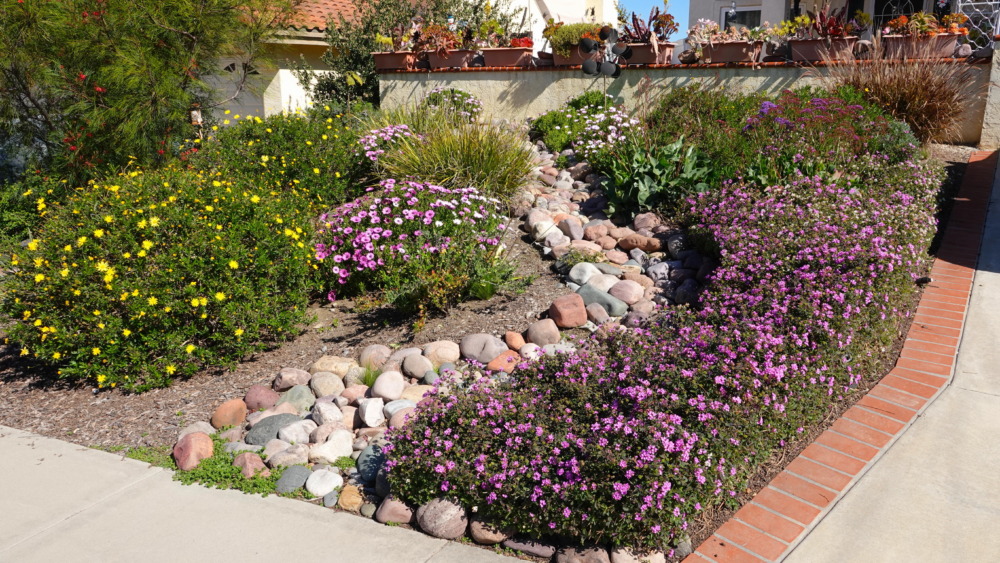
Close up of beautifully done drought-tolerant landscaping in California
Landscaping residential or commercial properties with water-wise plants allows for a diverse array of colors and species. To create a water-wise space, consider rock garden species like Purple Rockcress (seen in the photo) or Annual Iceplant to fill sections with color. Incorporating native ornamental grasses or other plants ties the look together and provides layers of color and interest without relying heavily on supplemental watering. Use Sweet Alyssum or Yarrow for pops of white in the foreground and between rocks; plant Englemann Daisy or California Poppy to add cheery yellow and orange in the midground; add cool-toned Gayfeathers, Blue Flax, or Pale Purple Coneflower for mid-level or back of garden color.
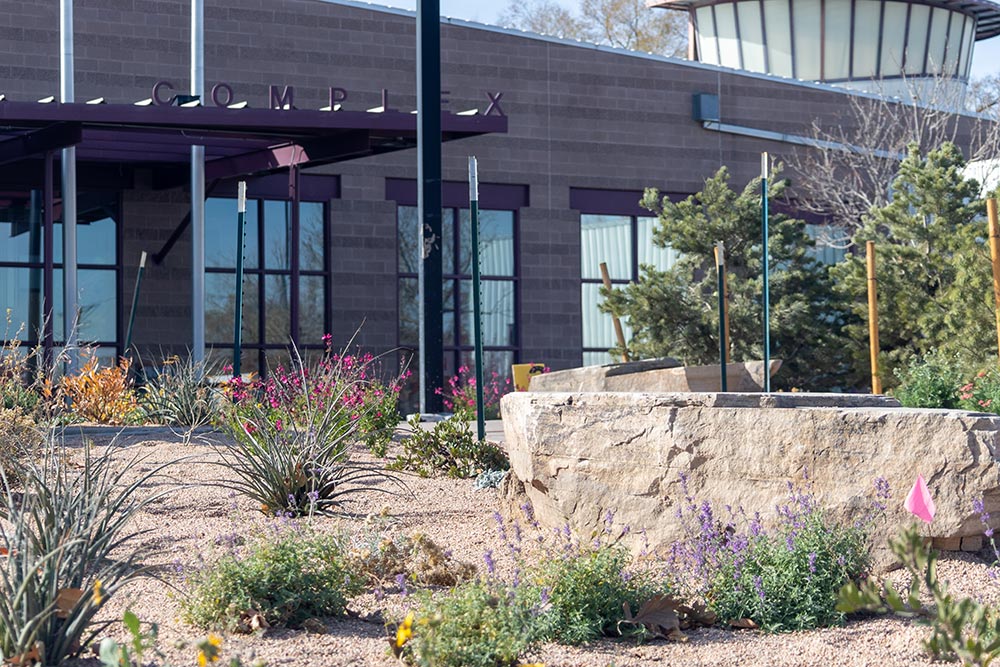
An attractive xeriscape landscape at The Evans Community Complex in Evans, Colorado – Photo credit: Denver Botanic Gardens
Another landscaping approach is xeriscaping which emphasizes water conservation through the use of native and highly drought-tolerant plants including flower species such as Blanketflower, Prairie Coneflower, Rocky Mountain Penstemon, and Basket of Gold. This technique is becoming increasingly popular in water-stressed regions across the United States. Xeriscaping reduces the need for excessive irrigation and fosters sustainable landscapes that are not only water-efficient but also ecologically diverse.
Water-wise Plantings Are Everywhere
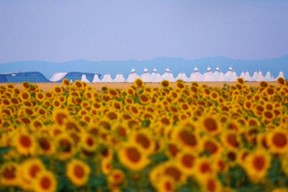
Sunflower Fields Maintained with No Irrigation at Denver International Airport – Photo credit: Denver International Airport
The benefits of floral landscaping has already been evidenced through initiatives such as the one ongoing at Denver International Airport. The airport converted large areas of traditional turf grass into sunflower landscapes. These wildflower meadows not only reduced water consumption but also provided a habitat for local pollinators. In this recent news article, the plantings are praised for water conservation maintained by using no irrigation and emphasizes the economical and aesthetic benefits of flower use. This initiative serves as a prime example of how flowers can replace grass to promote water conservation.
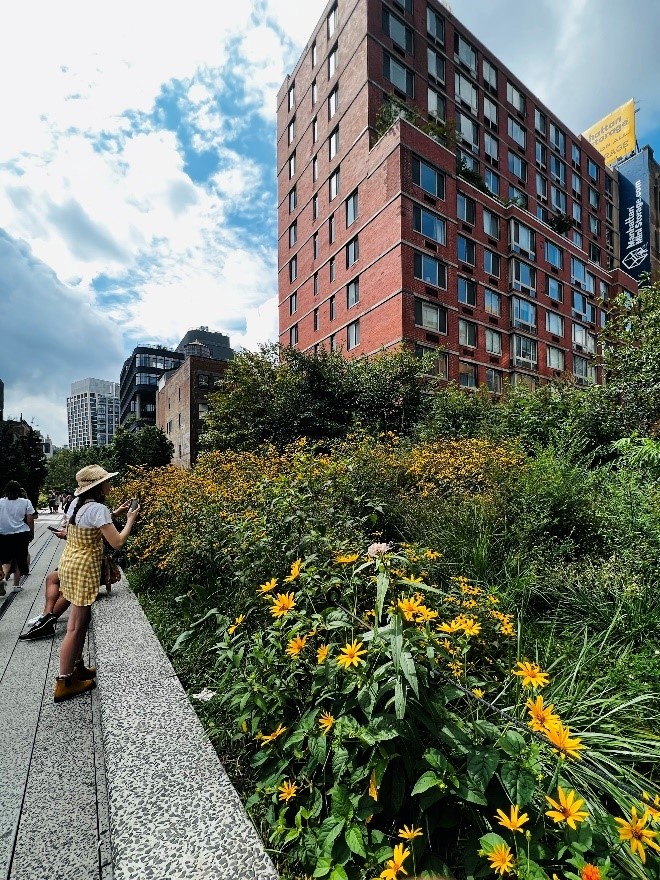
Visitors of The High Line Enjoying the Diverse Floral Beauty on the Greenway
Additionally, in New York City, the nearly 1.5 mile continuous greenway in the heart of the bustling city called The High Line is home to over 500 species of plants and trees. The High Line is an elevated linear park built on a former railway track in Manhattan. Portions of The High Line feature an innovative landscaping design that includes native and drought-tolerant plant species, including a variety of flowers. This conversion from traditional grass to a diverse mix of plantings not only reduced water usage but also transformed the park into a thriving urban oasis.
Begin your Cultivation of Beauty and Preserve Water
The shift from traditional grass lawns to flower-filled landscapes is a sustainable and eco-conscious choice that offers multiple benefits, with water conservation being a significant advantage. The insights from the EPA and evidence from research institutions like the University of California underscore the positive impact of this landscaping approach on water use reduction as initiatives completed in areas such as Denver and New York demonstrate the practical application of this concept.
Join Applewood Seed Co. in the journey to conserve water, support biodiversity, and celebrate the beauty of nature with flowers. We offer a wide range of water-wise flower seed for landscaping purposes and have expertly formulated xeriscape seed mixes which are available and suitable for all areas of the U.S. and Canada. Our expert staff are available to assist with selecting species for specific planting requirements or to create a custom water-wise formula seed mix for your specific needs. Every seed planted is a step toward a more sustainable and vibrant world and we are here to take that journey with you.

For more information or a free commercial consultation on seed selection, seed quality issues, planting times, soil preparation or seeding techniques, contact us:
Main: (303) 431-7333 | Toll-free: (888) 778-7333
Email: sales@applewoodtestsite.com
Address: 5380 Vivian Street, Arvada, CO 80002, USA
Visit: www.applewoodtestsite.com
Follow: LinkedIn | Facebook | Instagram

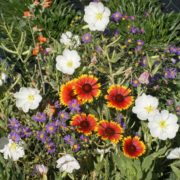
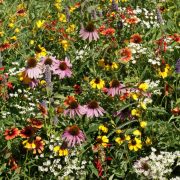
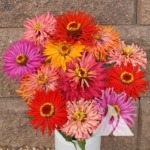

Applewood Seed Co. Announces Strategic Leadership Changes to Drive Business Growth
Applewood Seed Co., an employee-owned company, the leading supplier and wholesaler of open-pollinated flower seeds in the U.S., proudly announces two pivotal promotions within its leadership team. Mary Gomane has been promoted to Vice President of Sales & Production and Joe Eenigenburg has advanced to the role of Director of Sales & Marketing. These strategic […]
Using Flowers as Nature’s Solution to Water Conservation
In the realm of commercial landscaping, traditional turfgrass lawns still reign as the go-to for public and private projects. However in recent years, the practice of replacing turfgrass with flowers has steadily gained popularity, not only for the aesthetic appeal but specifically for the positive impact on water conservation and cost reduction.